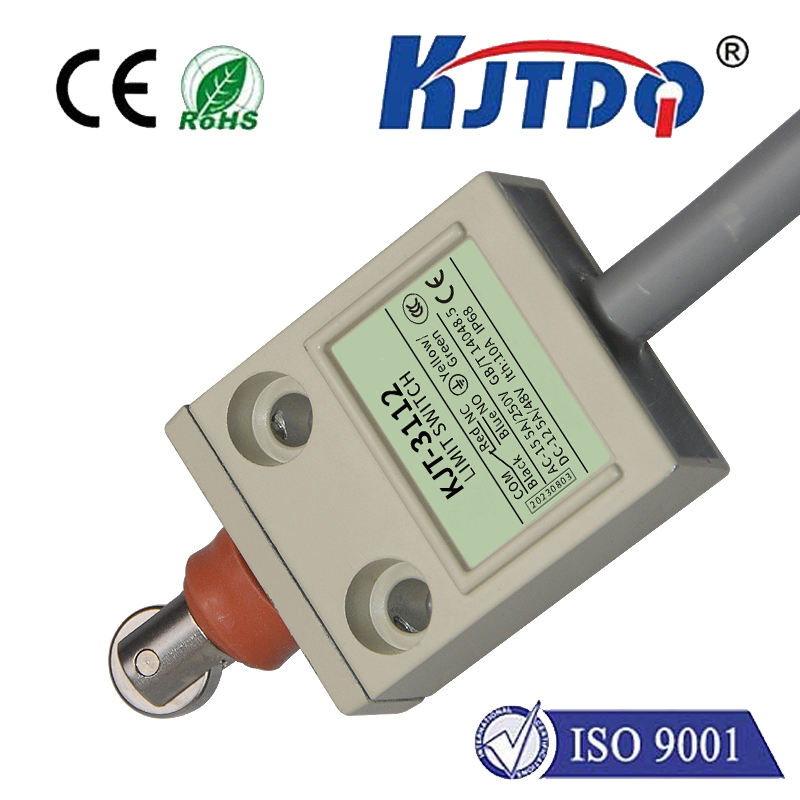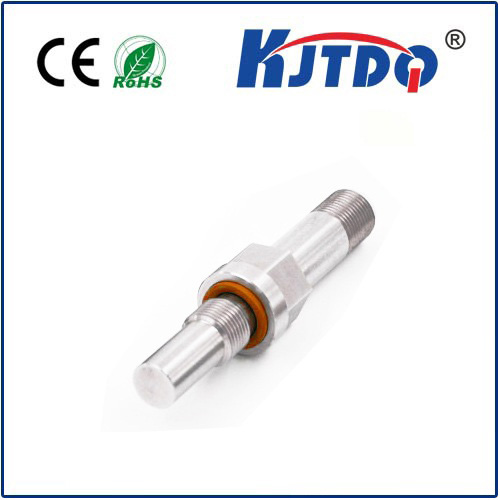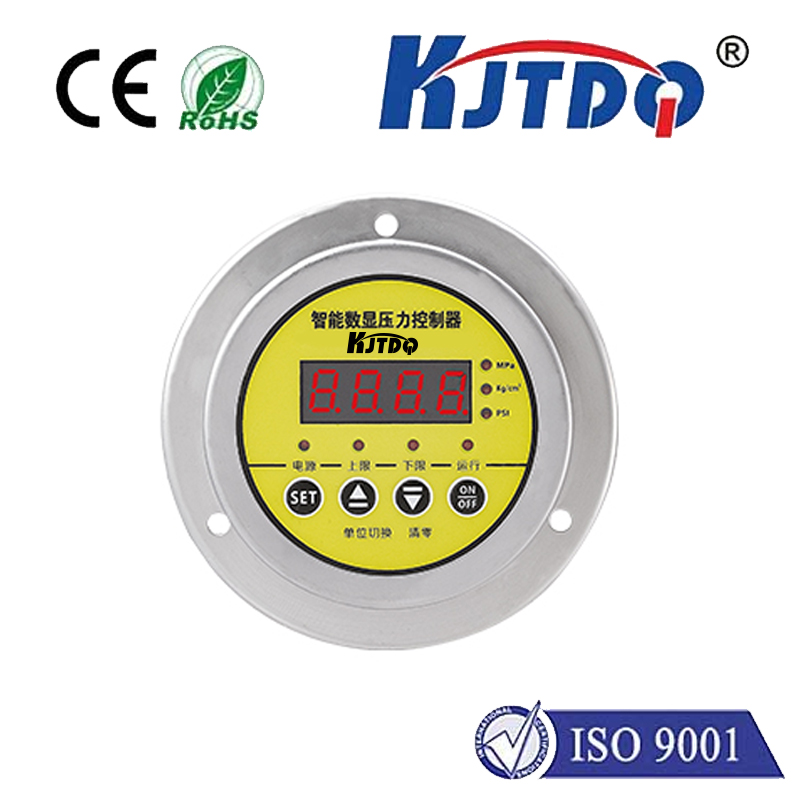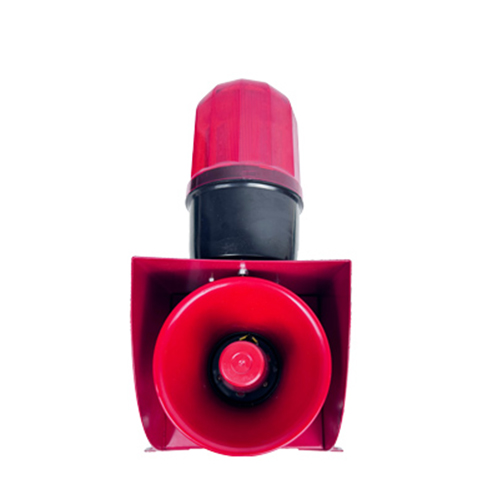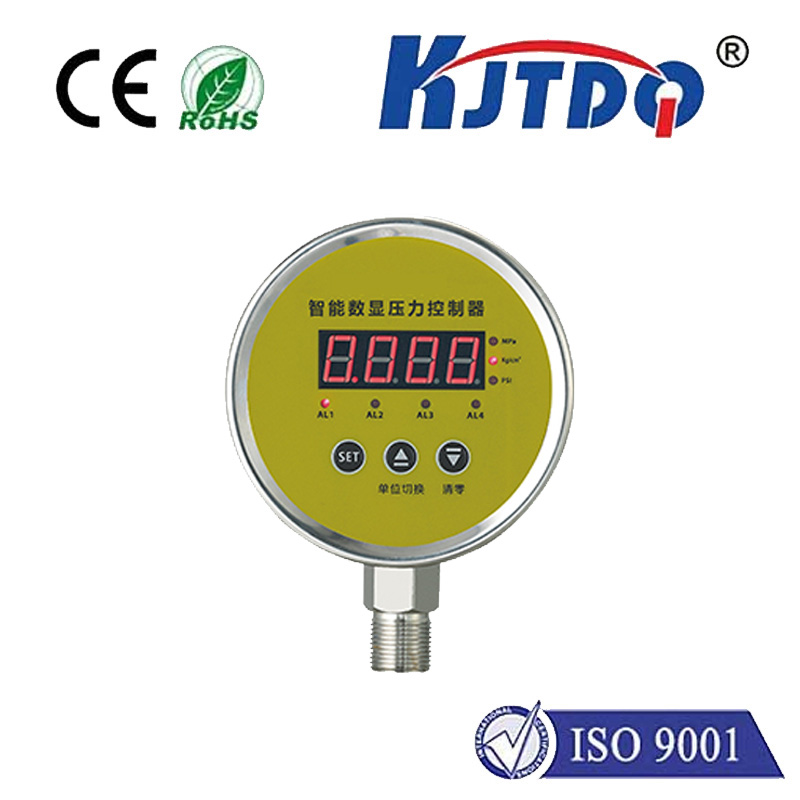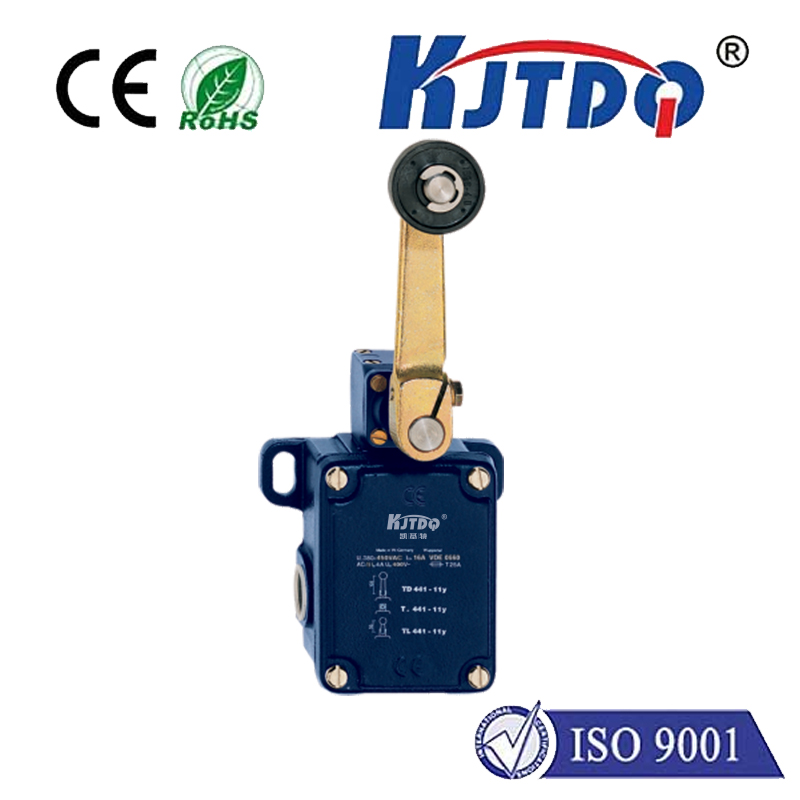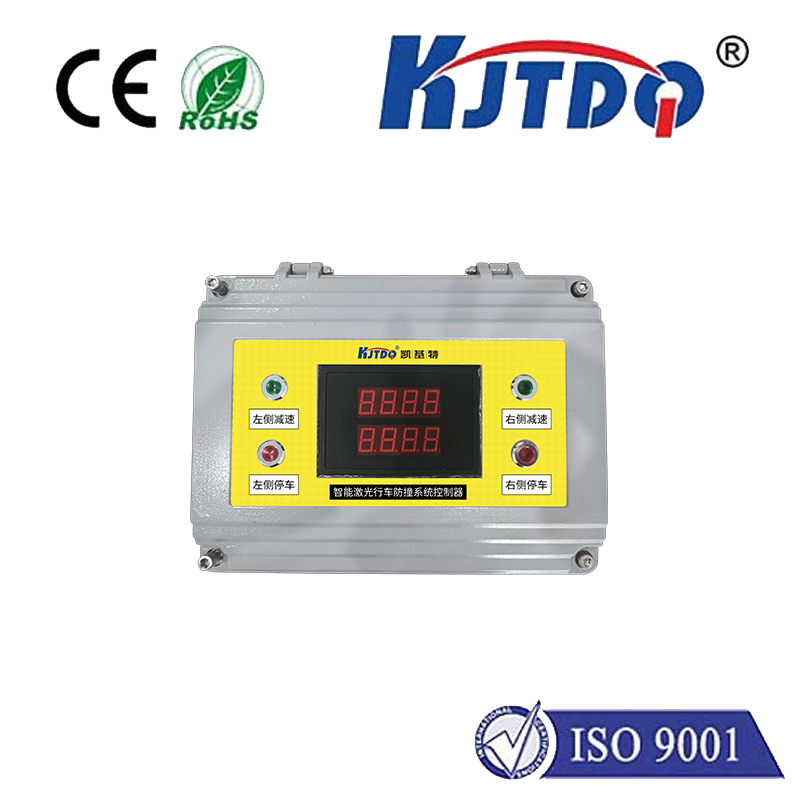SYLHS-X-II-B Pull rope switch
- time:2025-09-24 04:42:23
- Нажмите:0
SYLHS-X-II-B Pull Rope Switch: Your Essential Lifeline for Conveyor Belt Safety
Imagine a conveyor belt jams, material starts spilling dangerously, or worse, a worker gets entangled. Seconds count. How do you instantly halt potentially catastrophic motion across potentially hundreds of meters? The answer lies in a critical yet often understated guardian: the emergency stop pull rope switch, specifically exemplified by robust models like the SYLHS-X-II-B Pull Rope Switch. This device isn’t just a component; it’s a fundamental pillar of industrial safety systems, designed to provide immediate, manual shutdown from any point along a hazardous path. Understanding its function, importance, and the specific advantages of designs like the SYLHS-X-II-B is paramount for any operation relying on conveyor systems.
The Non-Negotiable Need for Pull Rope Emergency Stops
Conveyor belts are the arteries of countless industries – mining, aggregates, cement, power generation, logistics, food processing. While vital for efficiency, they inherently present significant hazards: pinch points, entanglement risks, potential fire from friction caused by jams, and the danger of uncontrolled runaway motion. Standard control stations are insufficient for emergencies occurring anywhere along the belt’s length. This is where the pull rope safety switch becomes indispensable. It acts as a continuous, accessible emergency stop cord running parallel to the conveyor. In an emergency, pulling any part of this rope instantly triggers a shutdown signal to the conveyor’s drive and control system. This fail-safe operation is critical; if the rope breaks or the switch malfunctions, it should default to a “stop” state.
SYLHS-X-II-B Pull Rope Switch: Engineered for Reliability and Durability

The designation “SYLHS-X-II-B” typically refers to a specific model within a manufacturer’s range, designed to meet demanding industrial specifications. While exact features can vary slightly between manufacturers using similar nomenclature, devices under this classification generally boast characteristics essential for harsh environments:
- Прочная структура: Encased in a heavy-duty, corrosion-resistant housing (often aluminum alloy or stainless steel), the SYLHS-X-II-B is built to withstand impact, vibration, dust, moisture, and corrosive elements common in mines, quarries, and factories.
- High Ingress Protection (IP Rating): A key feature is its IP67 rating (or higher in some variants). This signifies exceptional protection against dust ingress and the ability to withstand temporary immersion in water (up to 1 meter for 30 minutes), crucial for outdoor installations or washdown areas.
- Reliable Switching Mechanism: Utilizing a precision-engineered micro switch or a robust cam-operated mechanism, these switches provide a positive, unambiguous switching action. The SYLHS-X-II-B often incorporates dual-contact configurations (normally closed - NC, and normally open - NO) to interface flexibly with different safety relay or PLC systems, enhancing redundancy and diagnostic capabilities.
- Maintenance-Friendly Design: Features like hinged covers, easily accessible terminal blocks, and straightforward adjustment mechanisms for rope tension and switch actuation point facilitate quicker inspection and servicing, minimizing downtime.
- Key Safety Principles: The SYLHS-X-II-B operates based on positive break action. Pulling the rope directly applies force to the switch mechanism, requiring physical movement to open the safety circuit. This ensures a direct mechanical link between the emergency action and the shutdown command, contributing to its fail-safe nature.
Installation and Operation: Ensuring Optimal Performance
Proper installation is critical for the SYLHS-X-II-B to function as intended:
- Mounting: Switches are typically mounted at fixed intervals (e.g., 20-40 meters) along the conveyor structure, above walkways or access points. Brackets must be secure and vibration-resistant.
- Rope Run: The emergency stop cable runs through eyelets or guides attached to each switch housing. Maintaining consistent rope tension is vital. Too loose, and it may sag, preventing reliable switch activation; too tight, and it increases wear and potential for false trips. Proper support spacing between switches prevents excessive sag.
- Switch Actuation: When the rope is pulled (typically requiring a force of 50-150N), it deflects, triggering the internal mechanism of the nearest switch(es). This immediately opens the NC safety circuit, sending the emergency stop signal.
- Angle Compensation: Many SYLHS-X-II-B models include tension springs and angle limiters to ensure reliable operation even on inclines or declines, compensating for variations in the rope’s pull angle.
- Electrical Connection: Wiring must adhere strictly to manufacturer guidelines and relevant electrical safety standards (e.g., IEC 60204-1). Connections to machine safety relays or safety PLCs ensure the stop signal initiates a monitored safety function.
Maintenance and Testing: Guaranteeing Constant Readiness
Like any critical safety component, the SYLHS-X-II-B requires regular attention:
- Visual Inspections: Frequent checks for physical damage to the housing, rope, supports, and guides. Look for signs of corrosion, kinks, fraying, or excessive wear on the rope.
- Functional Testing: Regularly test the system! This involves deliberately pulling the rope at different points and verifying the conveyor stops instantly and completely. Post-test, the switch must be manually reset before the conveyor can restart – a crucial safety feature preventing automatic restart after an emergency stop.
- Cleaning: Keep the mechanism free from excessive build-up of dust, grime, or spillage that could impede the rope’s movement or the switch’s action. The IP67 rating aids durability but doesn’t eliminate the need for basic cleanliness.
- Tension Adjustment: Periodically check and adjust the rope tension according to the manufacturer’s specifications.
- Record Keeping: Maintain logs of all inspections, tests, maintenance actions, and any replacements.
Applications: Where the SYLHS-X-II-B Pull Rope Switch is Vital
This safety device is indispensable wherever long conveyors operate:
- Mining & Quarrying: Crucial for stopping conveyors transporting ore, coal, or aggregates, preventing accidents involving personnel caught in moving parts or runaway material.
- Cement & Building Materials: Essential for safety around kiln feed, clinker, and raw material conveyors, often operating in high-dust environments.
- Power Plants: Protects workers on coal, biomass, or ash handling systems.
- Ports & Terminals: Ensures safety during bulk cargo (grain, minerals) loading/unloading via ship loaders/unloaders and yard conveyors.
- Recycling Facilities: Critical for stopping conveyors handling mixed materials where jams or entanglement risks are high.
- Manufacturing & Warehousing: Used on assembly line conveyors or large-scale logistics sorting systems.
Investing in Safety: The Unspoken Value
Choosing a reliable safety pull switch like the SYLHS-X-II







